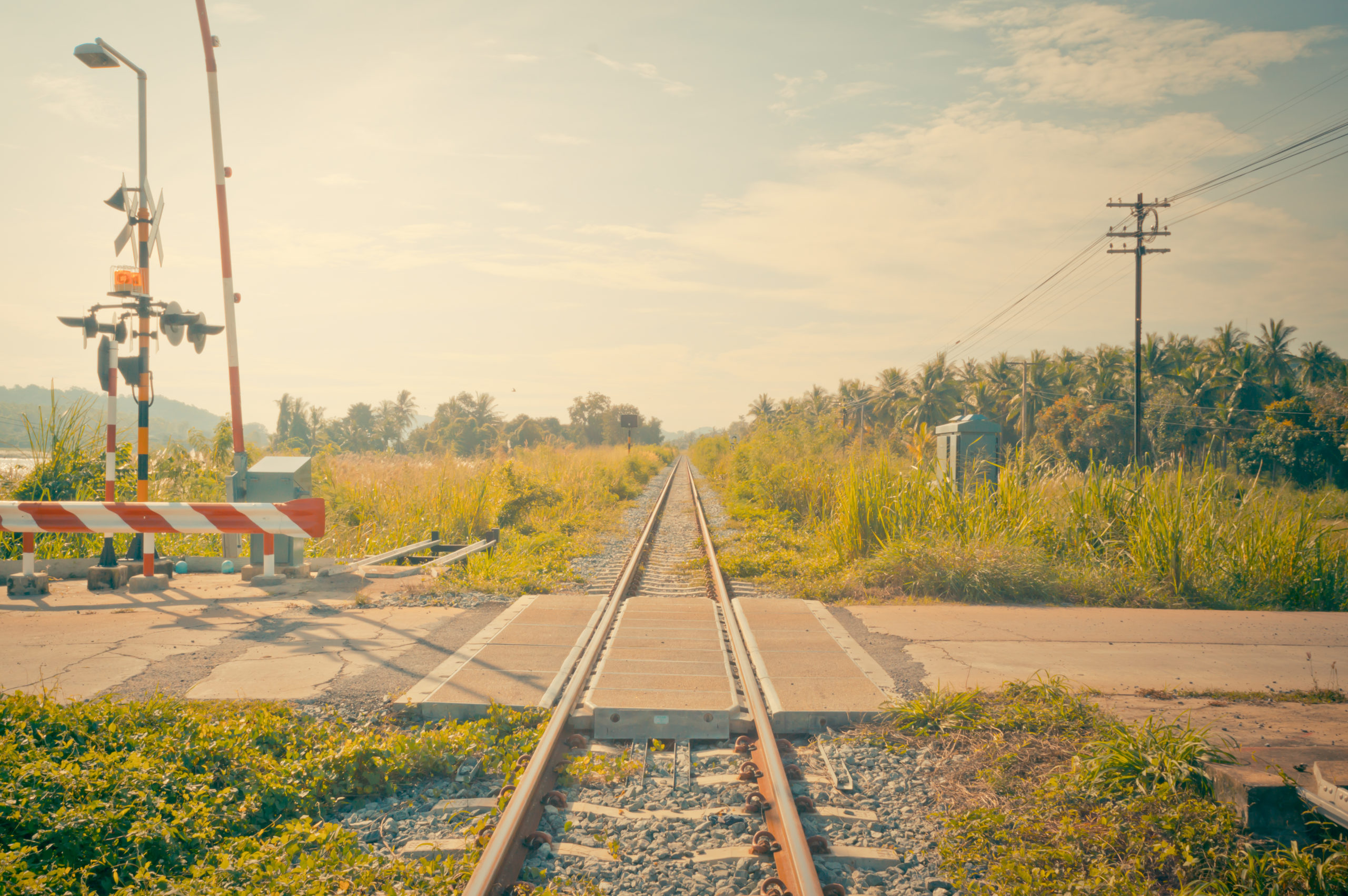by Danny Feldman
In the past ten years, there have been 30,000 railroad crossing collisions resulting in over 3,600 deaths—that’s about a death per day in the United States due to railroad crossing collisions. With high-speed rail travel expected to increase in coming years, the critical questions are—why do so many collisions occur, and how can you avoid being involved in a collision with a train.
Railroad crossing collisions occur for a variety of reasons— most of which are entirely preventable. As the railroad industry quickly points out, the number one cause of collisions is driver error. About ½ of all crossings have warning devices (flashing lights, gates etc.), yet many crashes are caused by motorists driving around gates and trying to “beat” the train across the tracks. Trains cannot change directions, and they cannot stop abruptly—a freight train traveling at 55 mph will take a mile to stop even if emergency brakes are engaged.
Of course, there are other causes for crossing collisions— sometimes warning devices are defective; the area around the crossing may not be properly maintained—resulting in trees and foliage obstructing or hiding the oncoming train from being seen; similarly, trains are sometimes improperly parked, which again may hide from view an oncoming train; trains sometimes speed (yes, there are speed limits which govern how fast trains can go in different areas of the track); trains sometimes fail to sound their whistle near crossings. So, the fact is that there are many reasons for these collisions.
What can you do to avoid colliding with a train—well, some things are pretty obvious—like, don’t go around gates which have been lowered; never try to “beat” a train across the tracks. Always stop or slow to a safe speed and look both ways before crossing a track. Look both ways and expect trains to approach from both directions. Once you start across the tracks, do not stop – keep going. Remember that trains may overhang the track by 3 feet on each side, so don’t stop too close to the track. If your car stalls on the track, abandon the car and leave the area—obviously call 911 to report the emergency, but don’t hang around inside your car on a railroad track.
According to Operation Lifesaver, a national non-profit education and awareness program dedicated to preventing these terrible collisions, 50% of vehicle/train collisions occur at crossings with active safety devices (gates, lights and bells) and 75% of these collisions occur with 25 miles of one’s home. The bottom line is that people, whether they are pedestrians or in a car or bus, by exercising good judgment and common sense, can do much to ensure their safety when crossing railroad tracks.








Leave A Comment